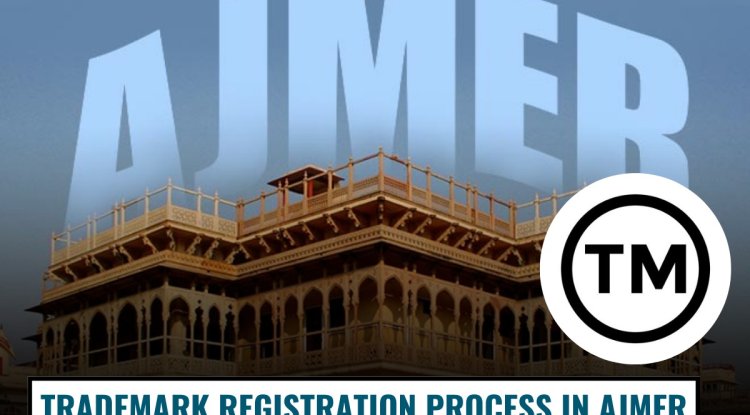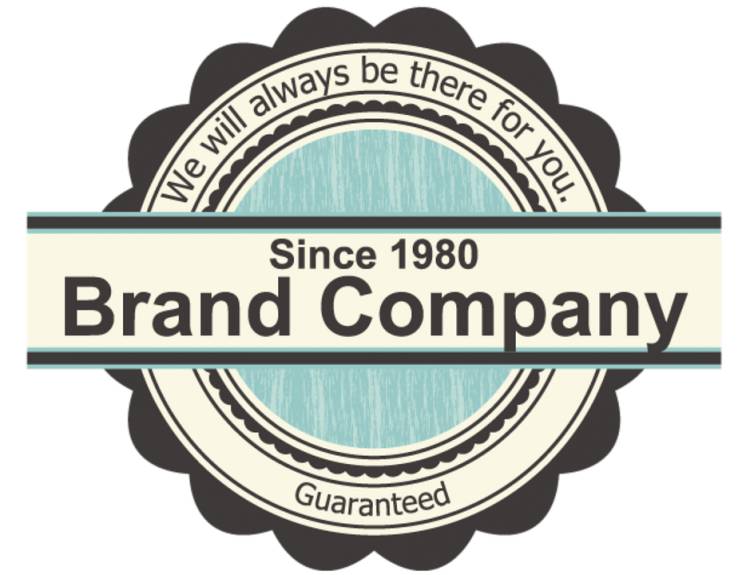HOW THE TRADEMARK INFRINGEMENT TAKES PLACE IN ONLINE MARKETPLACE?
Trademark is a part of Intellectual Property Rights[IPR] which refer to a sign, logo, words, device mark or combination of words or pictures through which a brand advertises its goods or services. Infringement of trademark means when someone adopts or uses for business purpose, any mark which is similar or identical to an existing mark without authority. Infringement of trademark is given in section 29 of the Trademark Act, 1999. This article will be confine to trademark infringement done in online marketplace. Today, in this digital era, it has become easier for someone to use similar or identical mark of an existing mark online with the help of internet and A.I. Laws develop slowly, but technology is changing rapidly. This helps those thieves who use reputation of someone else to sell their own products. Online marketplace refer to an online website or e-commerce website where trading of products or services are taken place through internet. Section 79 of the Information Techno

Types of trademark infringement:
Direct Infringement: When any person without authority sells goods or services online through e-commerce platforms.
Contributory Infringement: These online websites can be help liable for contributory infringement if they allow such infringement of goods to take place.
Forms of trademark Infringement in online marketplace
Trademark infringement can take different forms in e-commerce:
1. Counterfeiting: It means selling of fake or inferior products with the trademark or brand name of an established genuine brand without authority. This is done in mala fide to earn easy money. Counterfeiting affects the original owner of trademark badly as it diminishes their credibility and reputation. It also is a threat to customers` safety.
2. Cyber Squatting: Cyber squatting is when someone uses an existing old trademark or brand name or similar mark in order to use their reputation for selling goods or services of a different or own company. These squatters ask for hugs sums to cease their businesses.
3. Kaywords Advertising: When any entity makes use of any search engine[for ex Google] and add some key words which relate to their own products, hence advertising in an apparently illegal way. For example putting Crocs as keywords.
4. False Sponsorship or affiliation: When someone put its product appearing to be in partnership or affiliation with a trademarked entity which in reality is not, it is done by editing. For example, a website putting similar or exact logo of another party without their authority, giving false impression of their affiliation.
5. Online Copying: Social media is not free from scammers. Marketing of products or services with logo or design of a different company and posting this is another type of scam. Often fake social media profiles are made to give false impression and taking unfair advantage of reputation of an established brand.
6. Unauthorized Resale: It means selling genuine products of original brand but without authority or consent.
7. Other forms: Trade dress infringement, trade dress and logo infringement, mobile app infringement.
How to be protected from such infringement?
Owner of trademark can take following steps:
1. Monitoring: Every entity must be careful and diligent in regularly checking social media, e-commerce websites, search engines for possible infringements.
2. Legal Actions: The trademark owner can opt for taking legal action against serious infringers or marketplaces that do not take any action by 3 ways:
1. Sending legal notice
2. Notice of takedown
3. Cease and desist letter
3. Educate: The original brand can conduct seminars or post media about the threat of unauthorized selling of products or services, for its partners as well as customers.
4. Collaborate: Some big platforms run programs for protection of brands, owner can join those programs and also can partner up with such brands to together implement measures that would mitigate trademark infringement in future in such e-commerce platforms.
Measures taken by big platforms
1. Amazon: Amazon have launched programs and compliances like Amazon`s Brand Registry, Project Zero and Transparency Programs to help prevent trademark infringement.
2. E-bay: Verified Rights Owner[VRO] are provided a procedure to report any trademark infringement potential.
3. Alibaba: Like in e-bay, Alibaba`s Intellectual Property Program also allows the original trademark holders to check any infringement and thereafter report it.
Suggestions/Steps to be taken
In 2022, Department of Electronics and Information Technology [Deity] proposed certain guidelines to be compulsorily be followed by intermediaries through revision of IT Act. These include
1. To check compliances by user and remove such specific content as and when needed
2. To follow due diligence, access, transparency and confidentiality.
3. To uphold the constitutional right of citizens
4. Removal of unauthorized or misinformation content within 72 hours of reporting.
A Grievance Appellate Committee to be formed
Case Laws:
1. My Space Vs Super Cassette Industries
Delhi High Court ruled that if any intermediary is aware of the infringing material in its platform, it is compulsory to remove that material within 36 hours of getting notice from the affected owner of the trademark. Otherwise the intermediary won`t be provided any protection from being sued.
2. Google LLC v. MakeMyTrip (India) Private Limited & Ors[
Delhi High Court stated that Keyword Advertising in itself doesn’t amount to trademark infringement, the mark used for keywords must be used for packaging, labeling or advertising products. Section 29[8] only applies when there is any scope of confusion or deceptiveness. Section 29[4][ finds its aapplicability in the event of dissimilarity of marks.
3. Kent RO Systems Ltd. v. Amit Kotak & Ors
Court held that there is no requirement of assessment, intermediaries can remove infringing products on reporting by the original trademark holder












